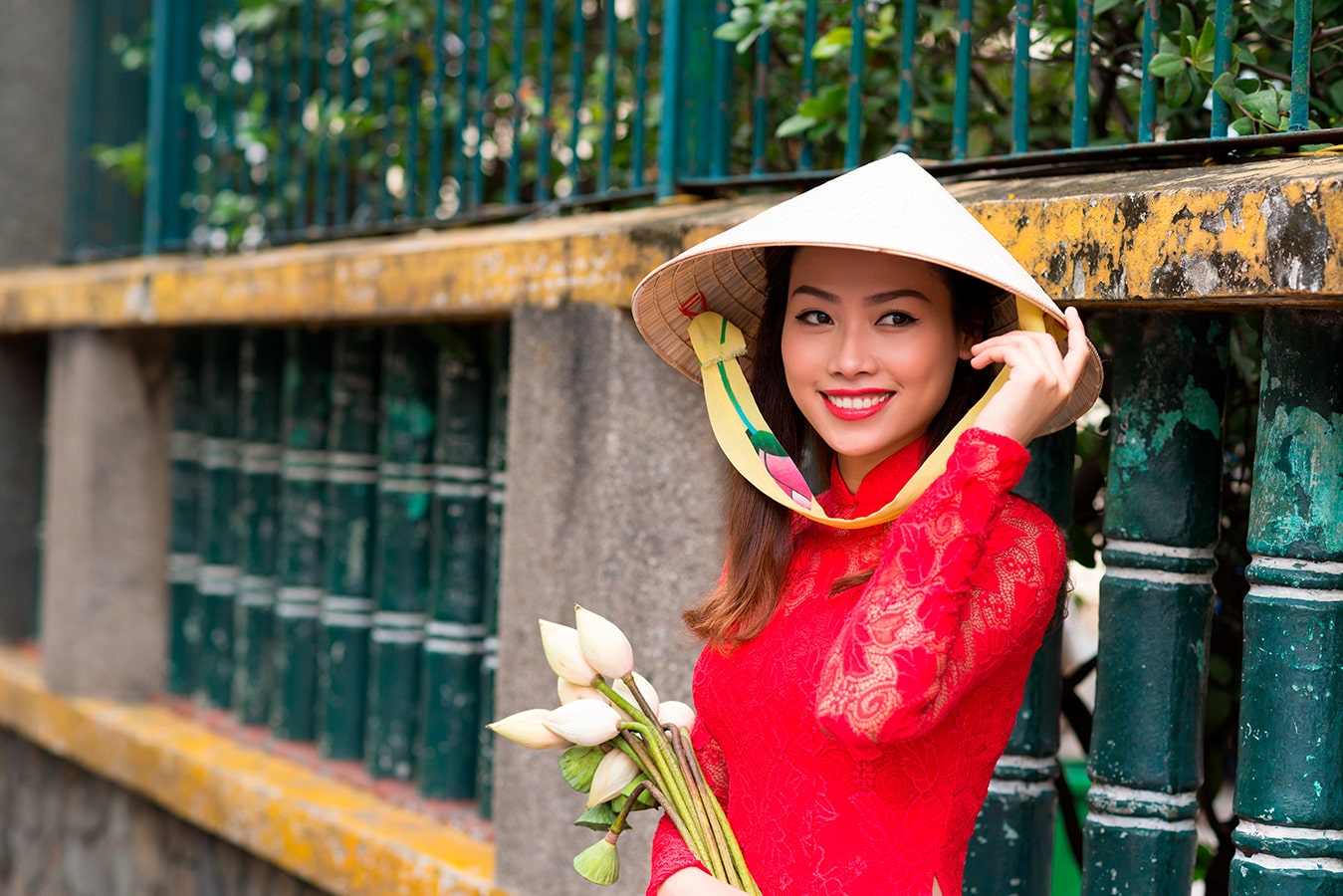Despite experiencing one of the worst and deadliest wars the world ever witnessed, Vietnam managed to rise from the shambles of being one of the poorest countries in the world to currently Southeast Asia’s fastest-growing economy. Just like its national flower, Vietnam’s story resembles the lotus, with its roots planted in the muddy river bed but despite the murky environment, rises to the surface of the water, emerging with a beautiful bloom in the sunlight.Comparably, despite the strict regulations in the past that made cosmetics companies struggle to enter the Vietnamese market, the cosmetics market in Vietnam has been booming rapidly and is positioned to be one of Asia’s biggest cosmetic market.
Vietnam Cosmetics Market Growth and Forecast
Vietnam’s middle-class population is expected to grow to 33 million by 2020. With the improved living standard, more and more Vietnamese women are using cosmetic products to take care of their beauty as an essential need.According to data from Mintel – a global market research company headquartered in London, Vietnam’s cosmetics market in 2019 is worth about 2.3 billion USD. It is expected that in the next 10 years, the growth rate of the Vietnamese cosmetics and makeup market will be about 15-20% per year.
[See also:
Beauty in Diversity: Understanding Consumer Cosmetics Trend in Indonesia]
The high growth rate of the Vietnamese makeup market is also reflected in the increase in the number of make-up people as well as the amount they pay for cosmetic products.In the survey report conducted in Ho Chi Minh City and Hanoi published in June 2019 by Q & Me, the number of people wearing daily makeup increased to 30% and the number of people who did not completely wear makeup decreased from 24% (2016) to 14% (2019).A Vietnamese woman spends an average of 300,000 VND (13USD) per month on makeup products, twice as high as two years ago. The number of women spending 500,000 VND (22UD) per month or more on make-up is 15% of the young women aged 20-29 with monthly income of 20 million VND (860USD) or more.The large purchasing power means the rapid growth of the cosmetics market. According to Yano Research Institute (Japan), Vietnam is one of the fastest growing cosmetic markets in Southeast Asia.
Entrance of Foreign Cosmetics Retail Giants in Vietnam
In early of 2019, a giant in the world cosmetic retail industry, Watsons, owned by Hong Kong billionaire Ly Gia Thanh, entered the Vietnamese market. It is known that this brand owns more than 7,200 stores around the world.Vietnam was evaluated by Watsons as one of the potential markets. This market has a great demand but the supply is not really adequate. The distribution and trading of foreign cosmetics are also mainly through online, portable and retail sales channels.
[See also:
Spotlight: Targeting the Booming Middle Class of ASEAN]
Watson’s entry has sparked and awakened the Vietnamese cosmetics market and predicted the arrival of many major investors.With extensive experience and huge capital resources, Watsons Vietnam promises to make a big push in the Vietnamese cosmetic market as well as spark a series of landings of many other giants which includes Matsumoto Kiyoshi. The biggest drugstore chain in Japan with 1,650 stores, Matsumoto Kiyoshi does not only sell pharmaceuticals, but also cosmetics and beauty products. In last quarter of 2019, the Japanese company announced to open its first store in Vietnam to be located in Ho Chi Minh City. The company representative stated that they expect to have 10-15 stores in Vietnam within the next 3-5 years. With the entry of these big companies and other arriving ones, tight competitions will be expected and in turn will further boost the growth of cosmetics industry in Vietnam.
The rise of cosmetics industry in Vietnam is such a huge feat in itself. Just as the lotus emerges from the depths into the light, one can certainly be hopeful for the future of cosmetics industry in this wonderful country.

